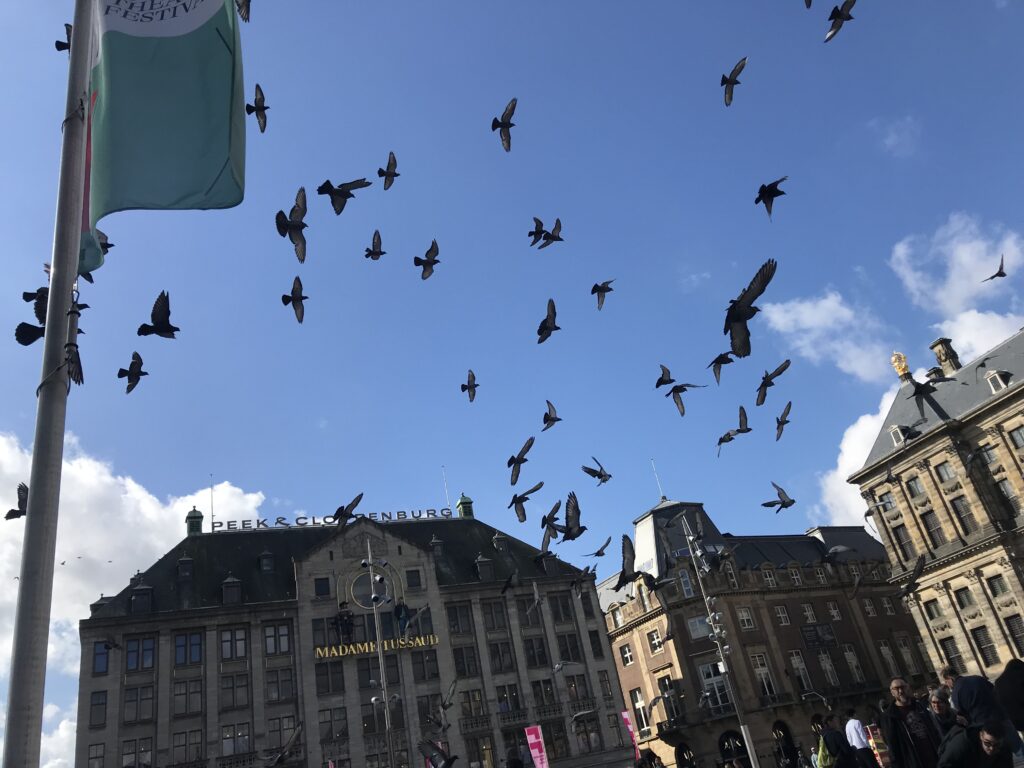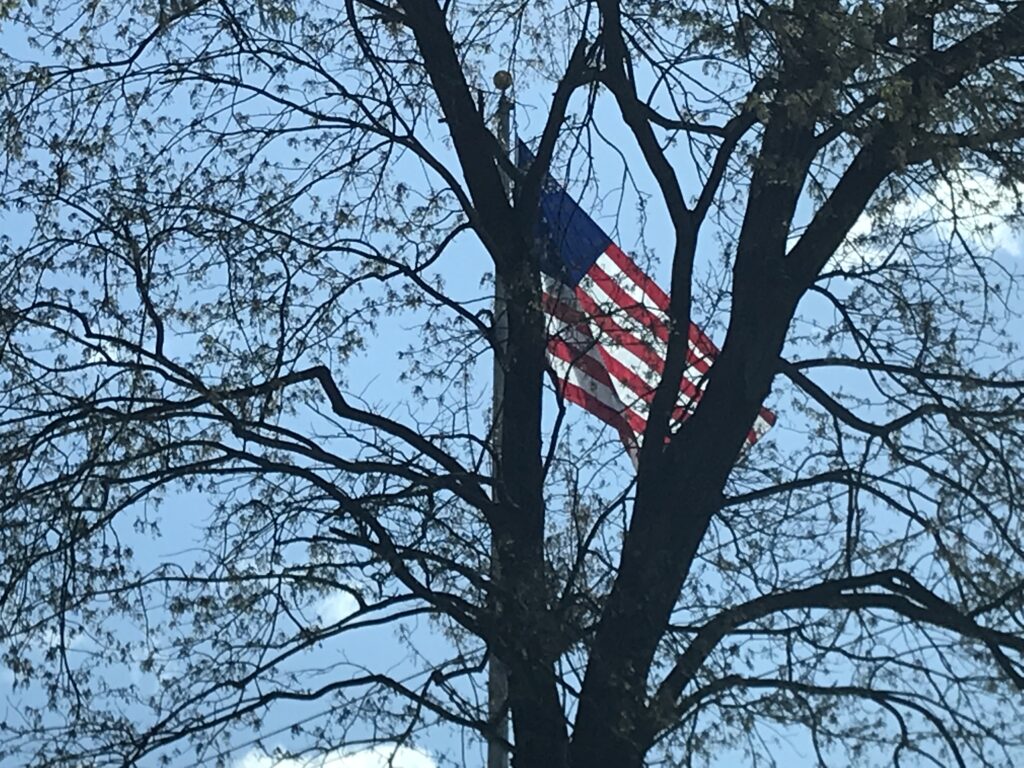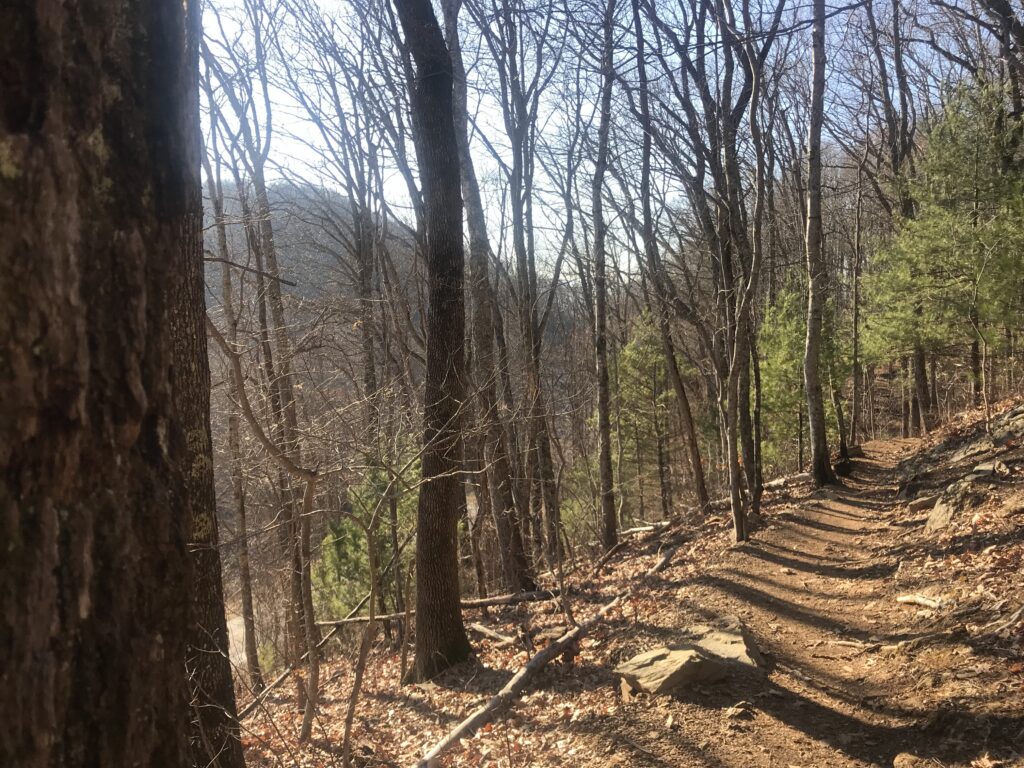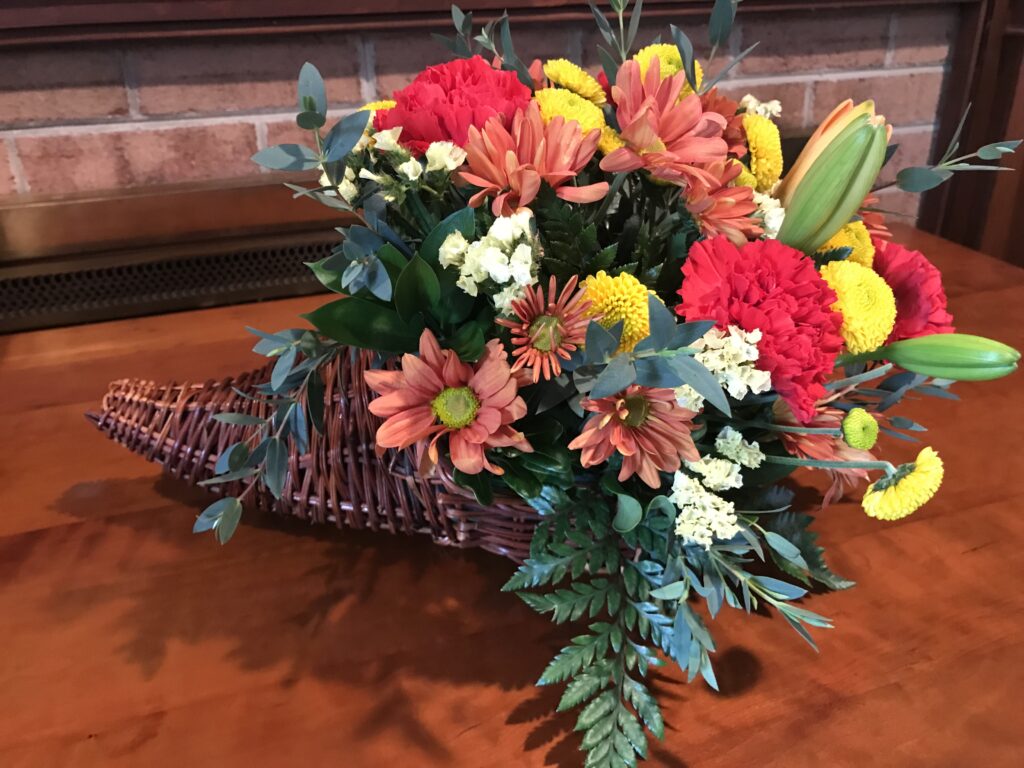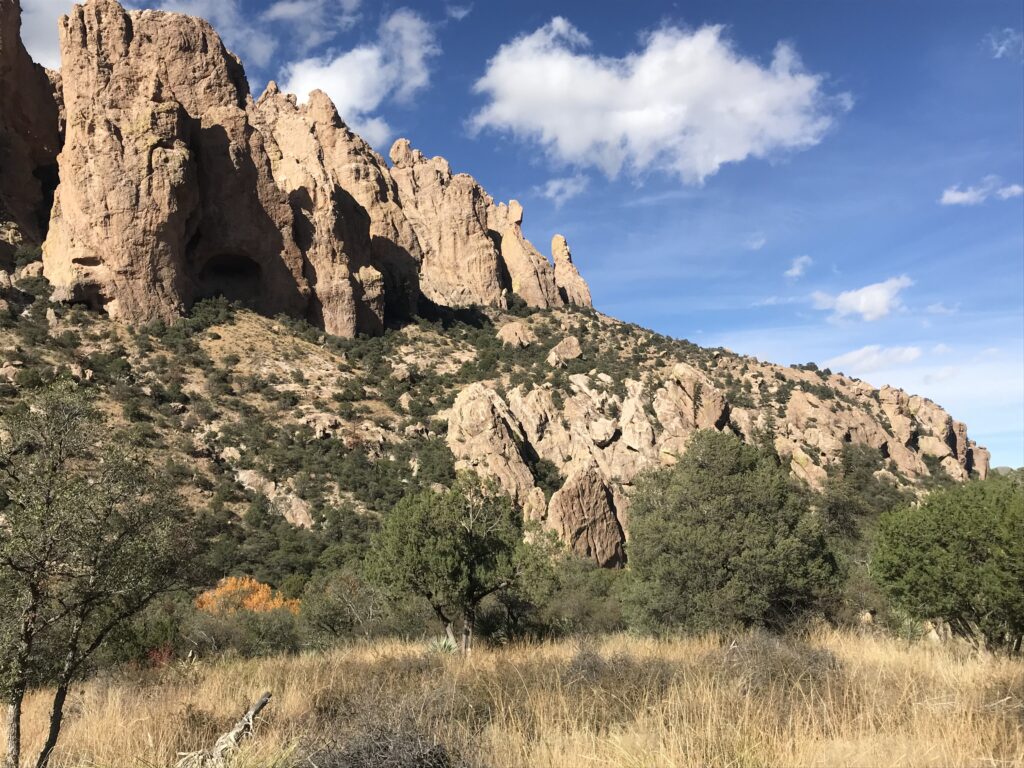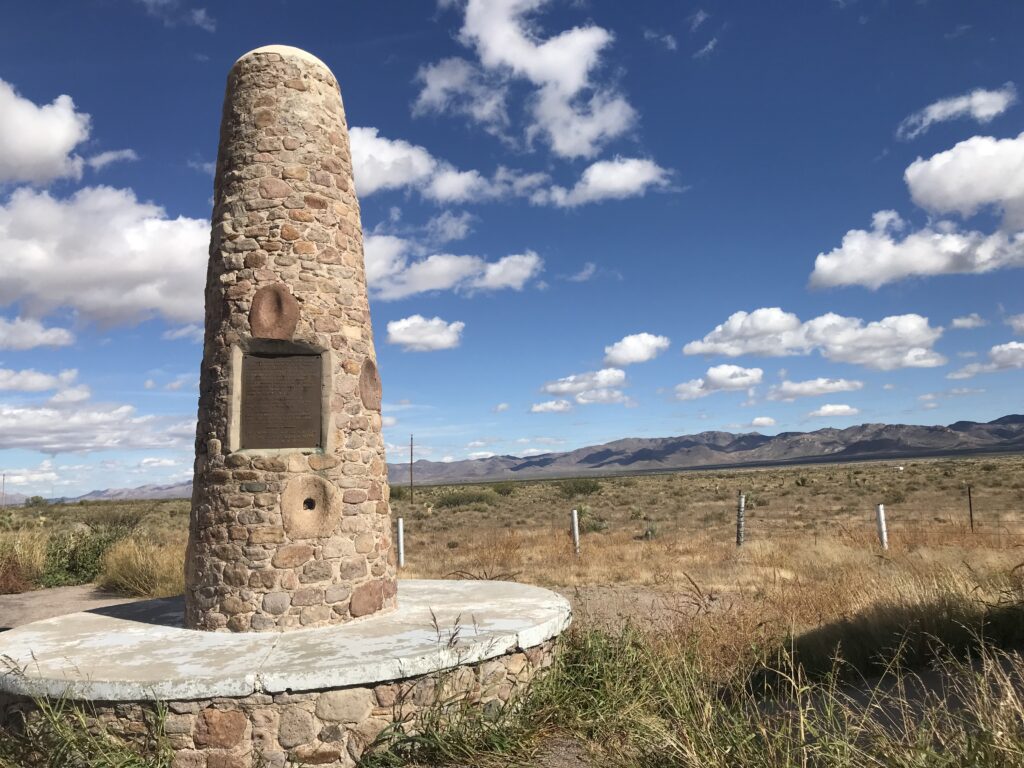Polar Vortex
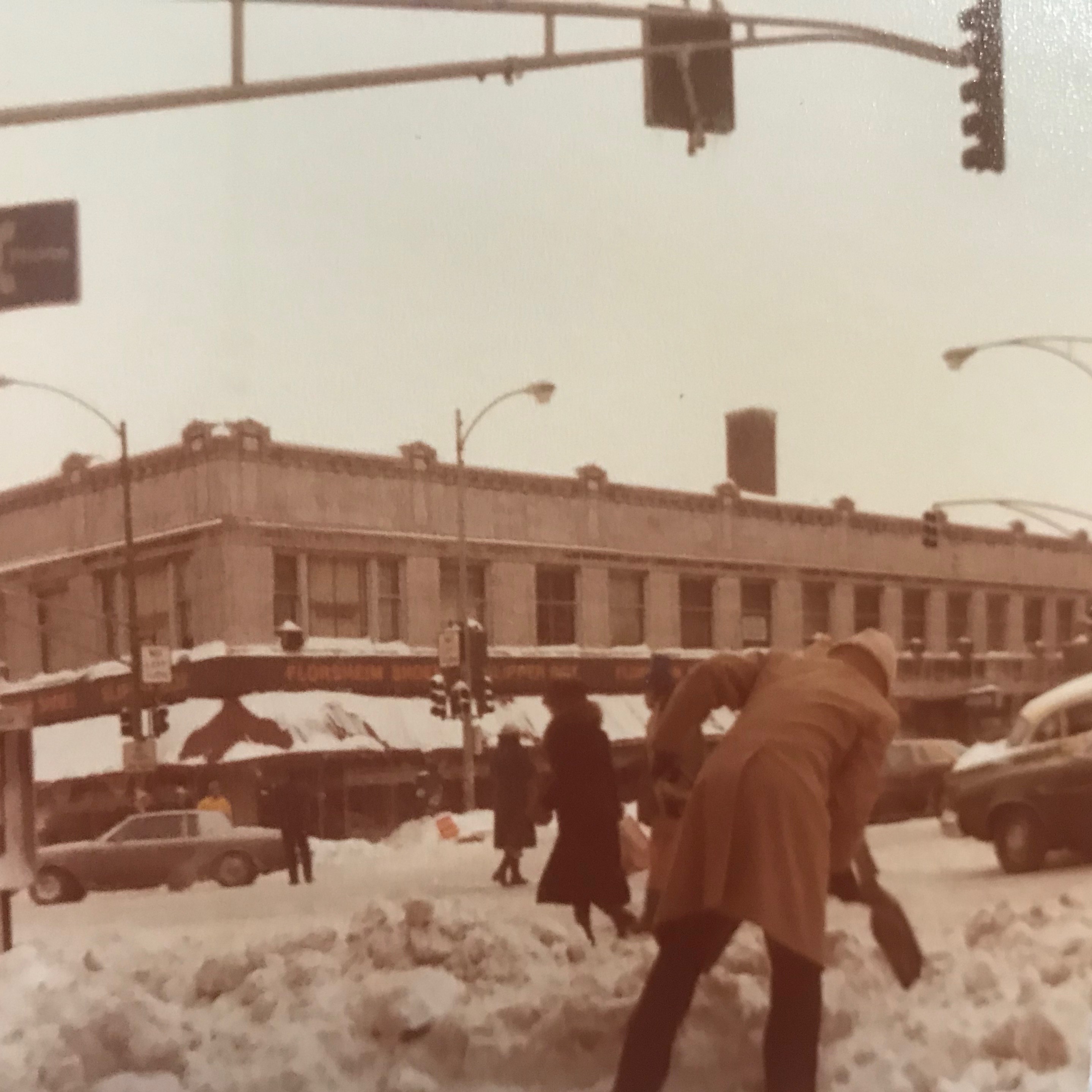
This time of year we’re all hoping for a visitor from the North Pole. I’m talking about Saint Nick, though, not the polar vortex. But, at least for now, the polar vortex is what we’re getting. It’s swooping down from Nunavut Canada, bound for the Midwest and Northeast United States. And it’s ready for action, prepared to break records.
My Capital Weather Gang site tells me that 80 million people in 35 states may have temperatures in the single digits over the weekend.
The last few days, this walker in the suburbs has piled on layers and pulled on hat and gloves. Temps have barely broken 40. Not bad for winter in some places, but not here, where we’ve gotten used to balmier climes.
At least I no longer live in Chicago, where snow has already fallen, making it even harder for days to warm. I have seasonal PTSD from living there for six years. I supply a photo from that era to prove my point. I think I spent an entire winter in a polar vortex … and it wasn’t pretty.
